Effect of ferroptosis inhibitors in a murine model of acetaminophen-induced liver injury
- PMID: 39082238
- PMCID: PMC11382325
- DOI: 10.1002/jbt.23791
Effect of ferroptosis inhibitors in a murine model of acetaminophen-induced liver injury
Abstract
Liver injury caused by acetaminophen (APAP) overdose is the leading cause of acute liver failure in western countries. The mode of APAP-induced cell death has been controversially discussed with ferroptosis emerging as a more recent hypothesis. Ferroptosis is characterized by ferrous iron-catalyzed lipid peroxidation (LPO) causing cell death, which can be prevented by the lipophilic antioxidants ferrostatin-1 and UAMC-3203. To assess the efficacy of these ferroptosis inhibitors, we used two murine models of APAP hepatotoxicity, APAP overdose alone or in combination with FeSO4 in fasted male C57BL/6J mice. APAP triggered severe liver injury in the absence of LPO measured as hepatic malondialdehyde (MDA) levels. In contrast, ferrous iron co-treatment aggravated APAP-induced liver injury and caused extensive LPO. Standard doses of ferrostatin-1 did not affect MDA levels or the injury in both models. In contrast, UAMC-3203 partially protected in both models and reduced LPO in the presence of ferrous iron. However, UAMC-3203 attenuated the translocation of phospho-JNK through downregulation of the mitochondrial anchor protein Sab resulting in reduced mitochondrial dysfunction and liver injury. Thus, APAP toxicity does not involve ferroptosis under normal conditions. The lack of effects of ferroptosis inhibitors in the pathophysiology indicates that ferroptosis signaling pathways are not relevant therapeutic targets.
Keywords: UAMC‐3203; acetaminophen hepatotoxicity; ferroptosis; ferrostatin‐1; lipid peroxidation.
© 2024 Wiley Periodicals LLC.
Conflict of interest statement
CONFLICTING INTERESTS
The authors declared no potential conflicts of interest with respect to the research, authorship, and/or publication of this article.
Figures

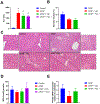
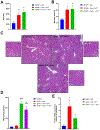
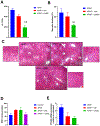
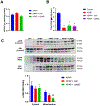

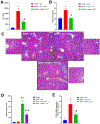

References
-
- Bernal W, Hyyrylainen A, Gera A, Audimoolam VK, McPhail MJW, Auzinger G, Rela M, Heaton N, O’Grady JG, Wendon J, Williams R. Lessons from look-back in acute liver failure? A single centre experience of 3300 patients. J. Hepatol 2013, 59, 74. - PubMed
-
- Mitchell JR, Jollow DJ, Potter WZ, Gillette JR, Brodie BB. Acetaminophen-induced hepatic necrosis. IV. Protective role of glutathione. J. Pharmacol. Exp. Ther 1973, 187, 211. - PubMed
-
- Mitchell JR, Thorgeirsson SS, Potter WZ, Jollow DJ, Keiser H. Acetaminophen-induced hepatic injury: protective role of glutathione in man and rationale for therapy. Clin. Pharmacol. Ther 1974, 16, 676. - PubMed
MeSH terms
Substances
Grants and funding
LinkOut - more resources
Full Text Sources
Medical
Research Materials

